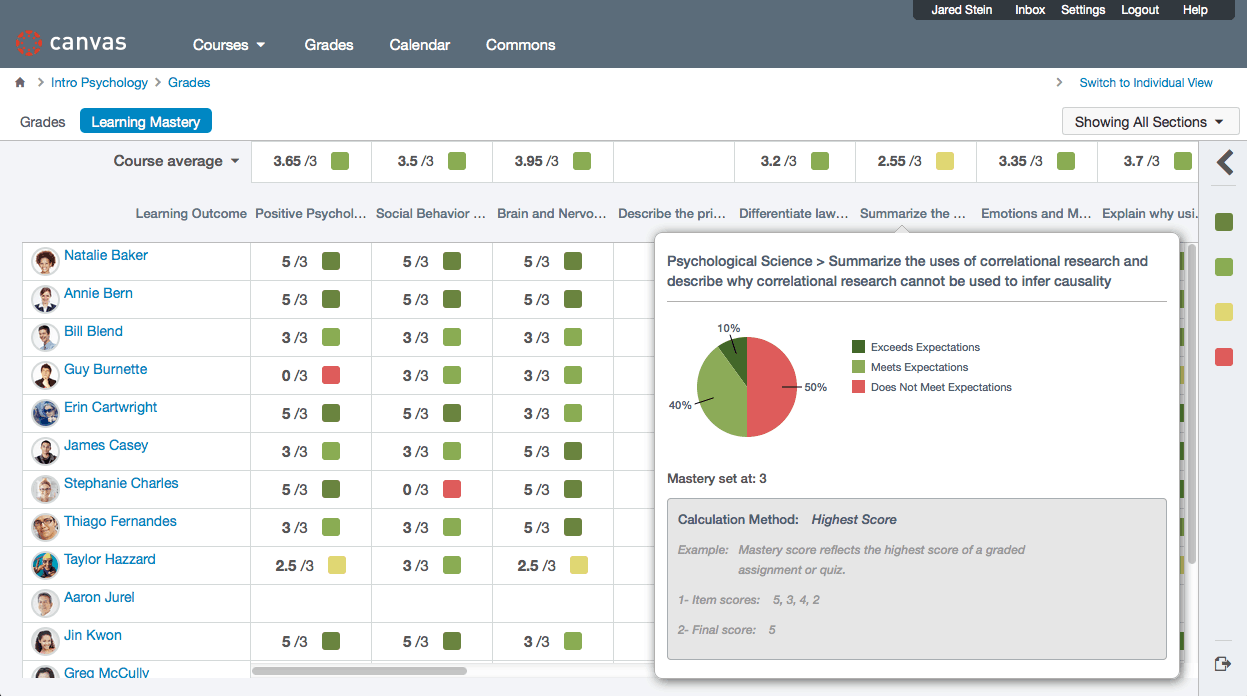Picking an Learning Management System: A Extensive Manual for Teachers
In today's digital age, educators are increasingly adopting LMS to improve the educational and learning processes experience. A LMS platform not only simplifies class administration and also provides a range of features that facilitate virtual learning, communication, and assessment. With many options on the market, selecting the right LMS can seem overwhelming for numerous teachers. It is essential to identify a system that matches with your individual teaching needs and objectives.
Within this comprehensive guide, we will explore the key factors to take into account when selecting an LMS platform. From user-friendliness to integration features, each element plays a crucial role in ensuring that the platform you select fully supports both teachers and learners. By understanding these elements, you can make an informed decision that enhances your educational environment and encourages successful learning results.
Main Attributes to Evaluate
When selecting an LMS platform, it is important to examine the user interface and overall usability. The platform should be intuitive and easy to navigate for both educators and learners. A effectively constructed user experience can greatly enhance engagement and minimize the learning curve associated with utilizing the LMS. Look for features like personalizable dashboards, concise navigation menus, and responsive design that works well on various devices.
A further important aspect to look into is the variety of assessment and reporting tools available in the LMS. It is crucial for educators to monitor student progress and obtain insights on learning outcomes. A comprehensive LMS platform will offer diverse assessment options such as evaluations, tasks, and discussion forums. Additionally, thorough reporting features will allow educators to examine data thoroughly and recognize areas where learners might need additional support.
Integration capabilities play a significant role in the efficacy of an LMS platform. The chosen system should smoothly connect with existing tools and technologies that educators already use, such as SIS, content libraries, or messaging platforms. Effective integrations enhance workflows and improve the overall teaching and learning experience, making the platform more flexible and productive for multiple educational settings.
Reviewing Learning Management System Choices
As you assessing LMS choices, the initial step is being define your particular needs and objectives. Consider https://www.kallidus.com/product/learn-lms/ of material that you plan on deliver, the amount of users, and the compatibility requirements for existing systems. Assess whether you need features like course creation tools, student tracking, or handheld accessibility. By defining these factors, you can create a tailored checklist which helps narrow down your choices.
Then, allocate time for test the usability of each LMS solution. End-user experience is essential as both educators and students will be using with the platform regularly. Seek out platforms which offer intuitive navigation, adaptive design, and assistance materials. Request demonstrations or complimentary test periods, as these can provide a hands-on understanding of how well the LMS meets the expectations and integrates with your educational process.
Lastly, assess the assistance and community related to every Learning Management System. A robust support network can make a major impact in the implementation phase and continuous use. Investigate the accessibility of tech support, training materials, and user groups. Systems that have active user forums or comprehensive documentation often indicate a strong ecosystem that can enhance your experience and guarantee successful adoption within your learning setting.

Carrying Out Your Chosen Learning Management System
Once you have selected the appropriate Learning Management System platform that aligns with your educational needs, the step involves is to outline the implementation procedure meticulously. Start with creating an detailed schedule for this rollout, establishing clear deadlines on each stage of this implementation. Involving stakeholders, such as educators and admin personnel, during the preparation phase can ensure that is on on the change and understands their responsibilities during this process. Think about implementing trial tests with a small group from participants to collect feedback as well as perform required adjustments before the full launch.
Training represents the critical component of your successful adoption of your chosen LMS. Providing comprehensive educational sessions to all users are crucial for maximize engagement as well as minimize pushback against transition. This instruction can be offered in different formats, including workshops, online courses, as well as digital resources that cater to different educational styles. Offering continuous support and updates can aid users to feel most confident along with proficient at using the new system, eventually enhancing the teaching along with learning experiences.
Following your initial implementation, it is crucial to continuously evaluate your effectiveness of this Learning Management System platform. Establish metrics for assess its influence in instruction as well as educational outcomes, and request input of participants on a continual basis. This process can help you identify aspects for improvement and ensure that system evolves for meet changing needs for teachers as well as learners. By creating a culture for continuous development, it’s possible to fully realize the benefits of the Learning Management System system and enhance overall educational journey.